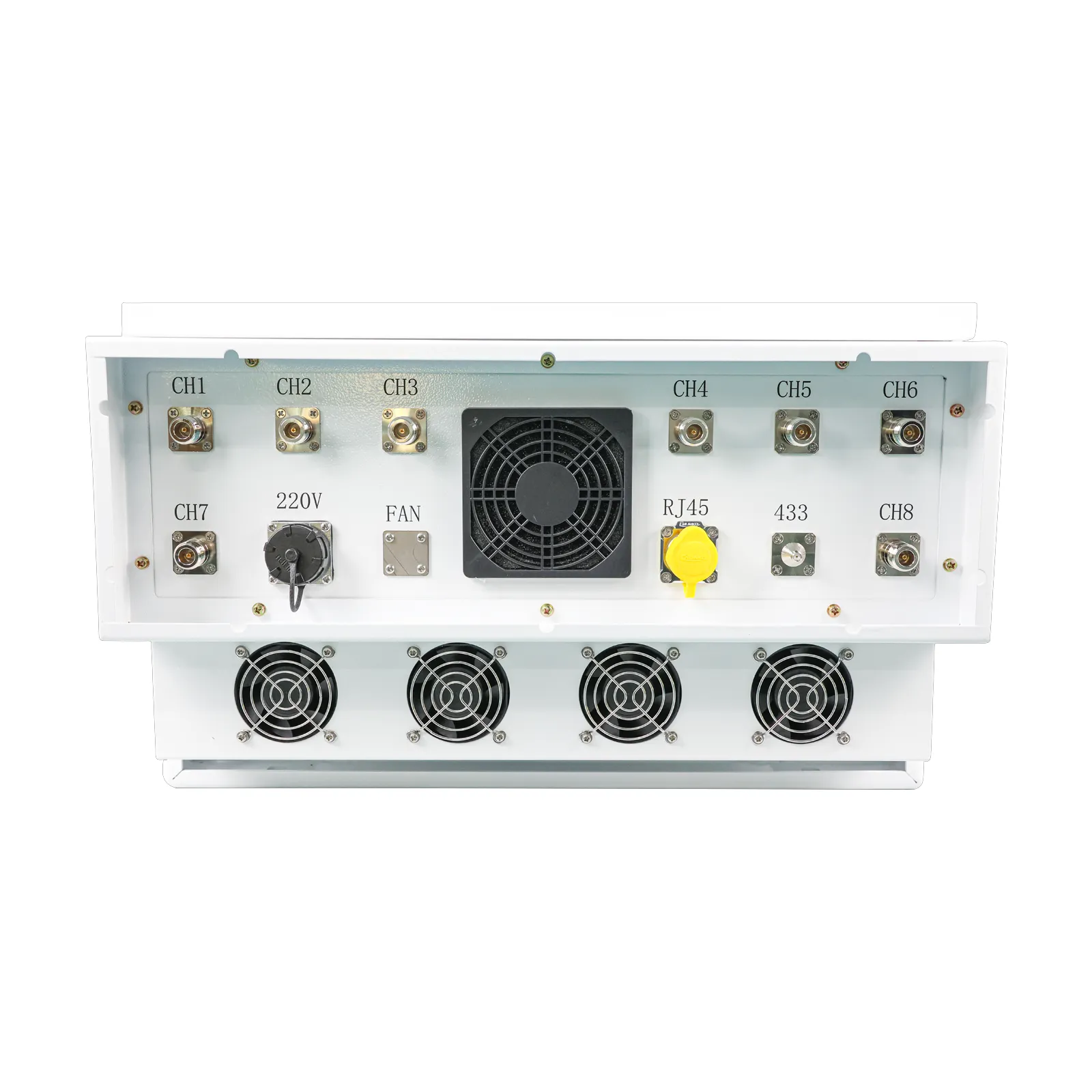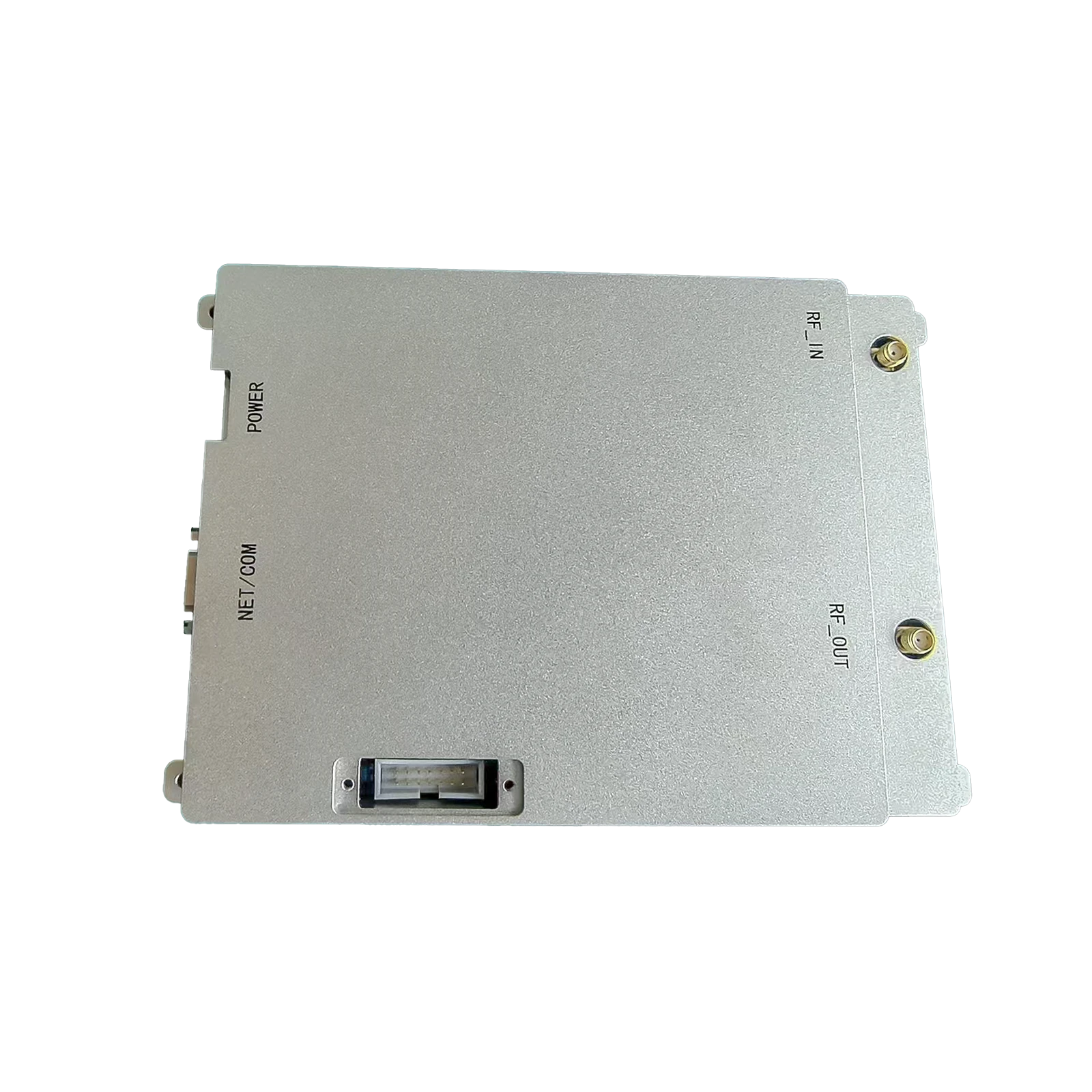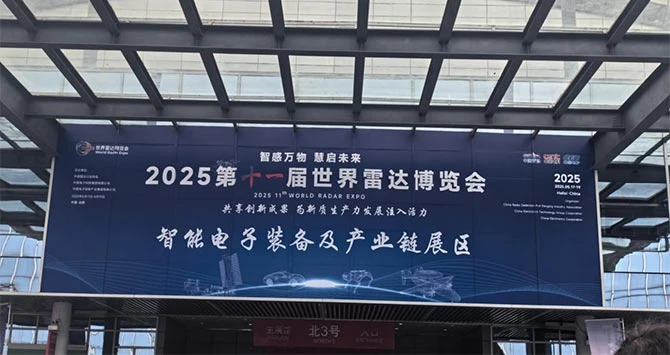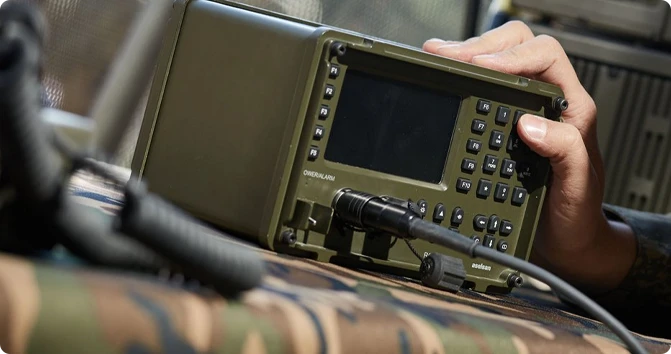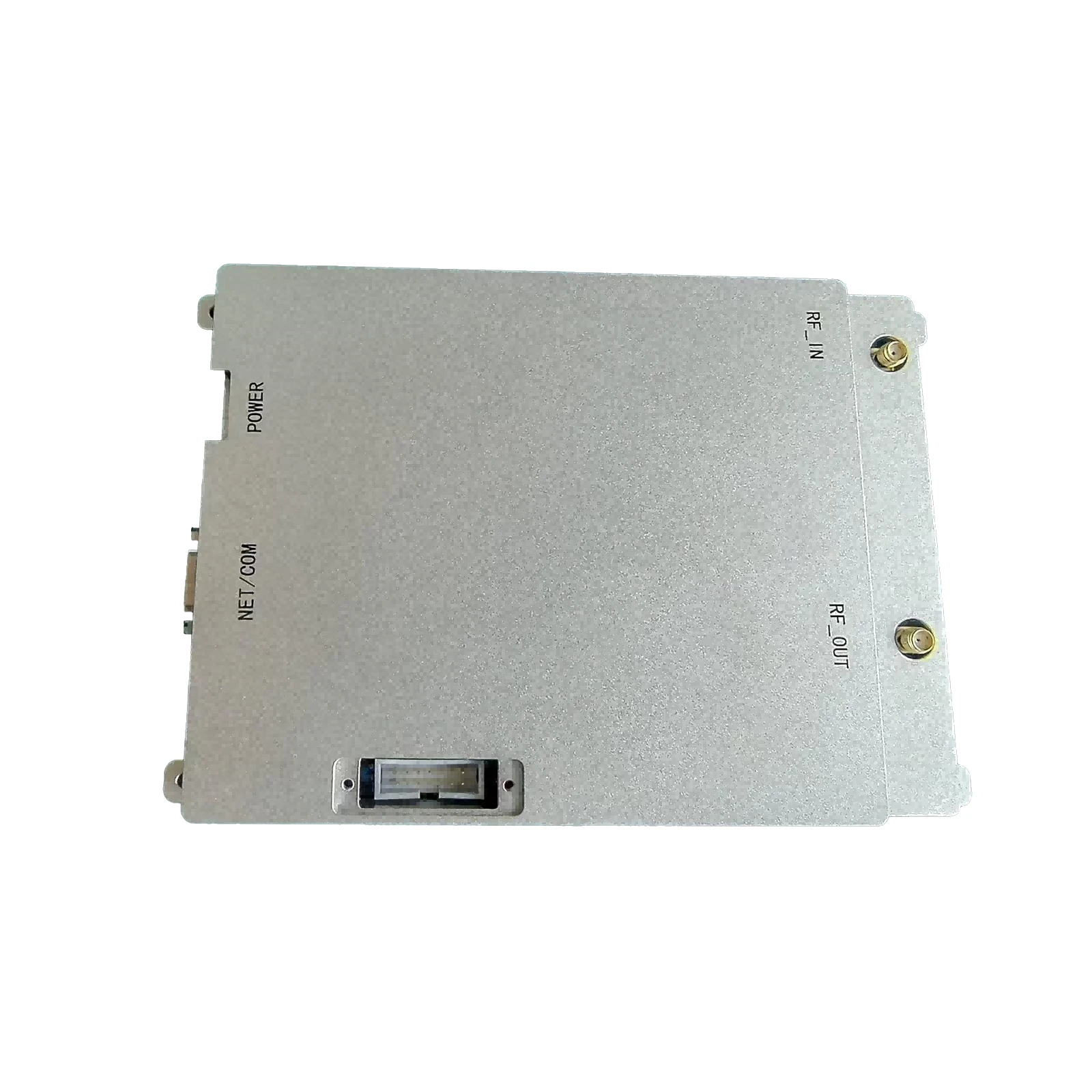What Is a Class C RF Amplifier? High-Efficiency Amplification Explained
Why Class C RF Amplifiers Matter in Our Connected World
We live in an era that thrives on wireless communication, where signals travel invisibly but carry everything from the news to life-saving data. At the heart of many radio frequency (RF) systems is a device called the class C RF amplifier. It’s one of those things that often goes unnoticed—kind of like the engine under the hood—but it’s essential. Understanding why these amplifiers matter on a global scale can help engineers, businesses, and even humanitarian organizations make smarter choices about reliable communication infrastructure.
Class C RF amplifiers play a critical role in ensuring efficient signal transmission in everything from satellite communication and radar to remote sensor networks. That means better connectivity in remote places, faster data speeds, and more reliable emergency broadcasts. In a world increasingly reliant on wireless devices, these amplifiers quietly support the backbone of global networking.
Introduction: The Global Context and Growing Need
According to the International Telecommunication Union (ITU), over 67% of the global population now relies on some form of wireless communication, a number expected to grow dramatically in coming years. More connected devices mean more signals, and that requires amplifiers that can not only boost power but also manage efficiency. Class C RF amplifiers fit into this picture as key enablers of high-efficiency RF transmission.
Yet, there’s a challenge. While many amplifiers deliver clean signals, some struggle with efficiency and heat dissipation, especially in harsh environments. This leads to higher operating costs and shorter equipment lifespans, particularly problematic in areas like disaster zones or rural regions where maintenance is challenging. Class C amplifiers are uniquely suited to tackle this.
What Exactly Is a Class C RF Amplifier?
In simple terms, a class C RF amplifier is a type of electronic amplifier designed for high-efficiency operation at radio frequencies. Unlike other classes (A, B, AB), Class C amplifiers operate over less than 50% of the input signal cycle. By amplifying only a small slice of the input waveform, they waste less power as heat, making them more efficient—but with a trade-off: they introduce distortion. This means they’re most commonly used for signals where distortion can be cleaned up later, such as in frequency-modulated (FM) transmitters.
These amplifiers bridge the gap between raw power and minimal energy consumption, a huge benefit when you think about satellite systems or remote transmitters running solar power or batteries.
Core Components and Considerations in Class C RF Amplifiers
1. Efficiency Over Linearity
Class C amplifiers prioritize efficiency, often exceeding 70-80%, which is remarkable in RF terms. This means less wasted energy and smaller cooling requirements, vital for portable or remote equipment.
2. Operating Frequency Range
These amplifiers excel in VHF, UHF, and microwave bands, perfect for applications like satellite links, broadcast transmitters, and radar. As frequencies climb, the design challenges and material quality become even more critical.
3. Heat Dissipation and Thermal Management
Even with high efficiency, the power involved can generate considerable heat. Proper heatsink design and sometimes forced cooling can make or break reliability.
4. Input Signal Drive Level
Because they amplify only part of the waveform, these amps require a tuned input signal with appropriate drive levels to avoid excessive distortion or loss of gain.
5. Tuning and Harmonic Filtering
Post-amplification, it’s common to use LC tank circuits or resonant filters to clean out unwanted harmonics generated by the non-linear operation.
6. Component Durability and Stability
Materials and transistor choice impact long-term stability. Many engineers prefer GaN or LDMOS transistors for their robustness at high frequencies and power.
Mini takeaway: Class C amplifiers are a balancing act — efficiency traded off against linearity — that unlocks reliable, low-waste RF power where it counts.
How Class C RF Amplifiers Get Used Around the World
From the North American broadcast towers to remote African communication stations, class C RF amplifiers fill essential gaps where power efficiency and size are paramount. Here are a few interesting cases:
- Disaster Relief Communications: In post-disaster operations, setup speed and power limitations require efficient amplifiers. Class C devices power mobile transmitters sustaining vital comms.
- Remote Mineral Mining: Industrial zones miles from grid power benefit from solar-powered RF links bolstered by efficient amplifiers.
- Amateur Radio: Hobbyists prize class C designs for long-range communication where energy conservation is critical.
- Satellite Broadcast Facilities: These amplifiers handle uplink signals efficiently, supporting countless TV and data transmissions.
Regionally, Asia-Pacific is investing heavily in RF infrastructure upgrades, with class C amplifiers playing an unsung role in their expansion strategies (source: ITU).
Advantages and Why They’re Worth the Investment
- Cost-effectiveness: Less wasted energy means lower operating costs—hugely beneficial for operators working with tight budgets or renewable energy.
- Reliability: Compact designs with fewer heat failures reduce downtime, enhancing trust in communications networks.
- Sustainability: Reduced power consumption aligns well with green energy goals, particularly in off-grid applications.
- Innovation Friendly: Engineers can tune these amplifiers to specific frequencies and power levels, customizing performance.
Honestly, it’s easy to overlook the social impact of efficient communication. When signals stay strong but costs stay low, remote communities stay connected. It feels like the amplifier is doing a little social good too...
Product Specification Table of a Typical Class C RF Amplifier
| Specification | Typical Value | Unit |
|---|---|---|
| Operating Frequency | 100 - 500 | MHz |
| Output Power | 50 | Watts |
| Efficiency | 75 | % |
| Input Drive Power | 10 | Watts |
| Harmonic Output | -30 | dBc |
Comparing Class C RF Amplifier Vendors: What to Watch For
| Vendor | Frequency Range (MHz) | Max Output Power (W) | Typical Efficiency (%) | Cooling Method | Price Range ($) |
|---|---|---|---|---|---|
| Amplitech Ltd. | 50–400 | 40 | 72 | Forced Air | 1,200 - 1,800 |
| Radionics Corp. | 100–500 | 60 | 78 | Passive Heatsink | 1,500 - 2,300 |
| Waveform Electronics | 80–450 | 55 | 74 | Liquid Cooling | 1,800 - 2,700 |
Looking Forward: What’s Next for Class C RF Amplifiers?
The future looks bright and kind of complex for class C amplifiers. Materials like gallium nitride (GaN) are pushing frequency limits higher while improving heat dissipation and power output. We’re also seeing growing interest in incorporating digital predistortion techniques — sophisticated signal processing that compensates for non-linearity to deliver clearer signals without losing efficiency.
Environmental initiatives mean these amplifiers must get more energy-friendly, not just in operation but throughout their lifecycle. Recycling semiconductor materials and improving manufacturing also matter now, which frankly wasn’t a focus a decade ago.
Expect more modular and miniaturized designs, too, especially as 5G and IoT applications demand compact, efficient components.
Common Challenges and How Experts Address Them
For all the benefits, the class C RF amplifier’s non-linear operation can be tricky. Harmonic distortion requires meticulous filtering, and failure here can cause interference or regulatory headaches. Plus, the equipment can be sensitive to input drive variation, demanding precise tuning.
Experts overcome these issues with adaptive tuning circuits, advanced semiconductor materials like GaN, and improved cooling technologies. Also, combining class C stages with linear amplification in hybrid configurations can offer the best of both worlds.
FAQ: Your Questions About Class C RF Amplifiers Answered
- Q1: Why choose a class C RF amplifier over class A or B?
- A1: Class C amplifiers offer significantly higher efficiency (up to 80%) compared to class A or B, which is critical for power-sensitive applications like satellite uplinks or remote transmitters. However, this comes at the cost of signal distortion requiring additional filtering.
- Q2: Are class C amplifiers suitable for digital signal transmission?
- A2: Generally, class C amplifiers aren’t ideal for linear digital modulation schemes due to distortion. But when paired with techniques like frequency modulation (FM) or used alongside digital predistortion, they can still be effective.
- Q3: How do temperature changes affect class C RF amplifier performance?
- A3: Temperature fluctuations can impact transistor characteristics and tuning circuits, potentially causing frequency drift or reduced efficiency. Proper thermal management and stable components help mitigate these issues.
- Q4: Can class C amplifiers be integrated into renewable power setups?
- A4: Absolutely. Their high efficiency makes them ideal for solar or battery-powered systems where power conservation is key, such as remote monitoring stations or emergency communication hubs.
Wrapping It Up: The Long-Term Value of Class C RF Amplifiers
Ultimately, the class C RF amplifier isn’t just a component; it’s a cornerstone of efficient, reliable communication systems worldwide. Its blend of power efficiency, suitability for high-frequency signals, and adaptability make it indispensable for everything from TV broadcasting to humanitarian aid communications.
If you’re considering investing in RF amplifier technology or upgrading your current system, understanding the nuances of class C amplifiers will give you the edge. They help reduce costs, improve sustainability, and keep signals strong where and when it matters most.
Curious to explore more or source top-tier amplifiers? Visit our website at https://www.drone-system.com to discover solutions designed for modern demands.
Mini takeaway: In a world that never stops talking, class C RF amplifiers keep the conversation efficient and clear.
References
-
09 March 2021 24 Nov 2025
-
09 March 2021 24 Nov 2025
-
09 March 2021 24 Nov 2025
-
09 March 2021 23 Nov 2025
-
09 March 2021 23 Nov 2025
-
09 March 2021 21 May 2025
-
09 March 2021 25 Dec 2024
-
09 March 2021 14 Oct 2022
-
09 March 2021 25 Dec 2024




